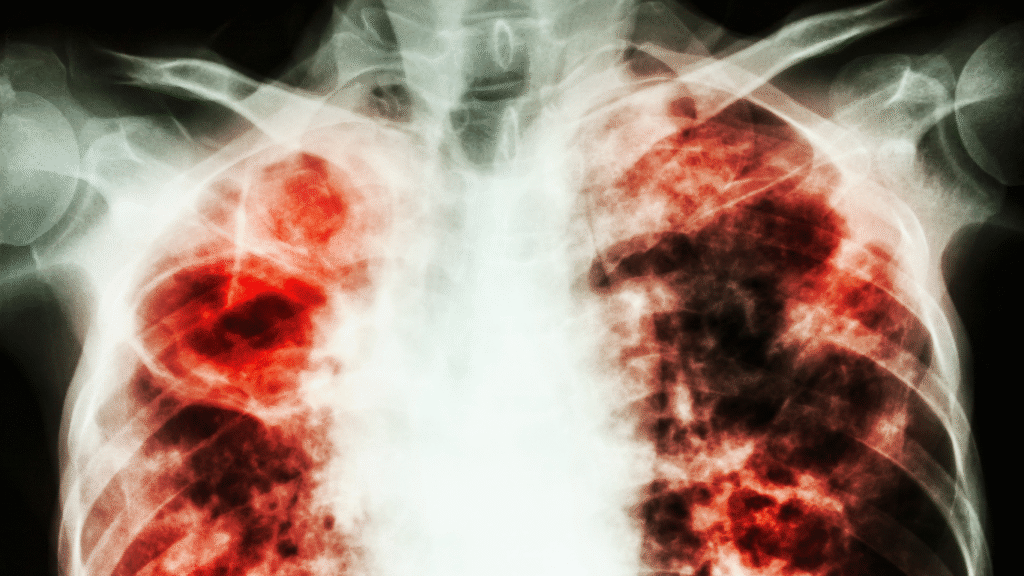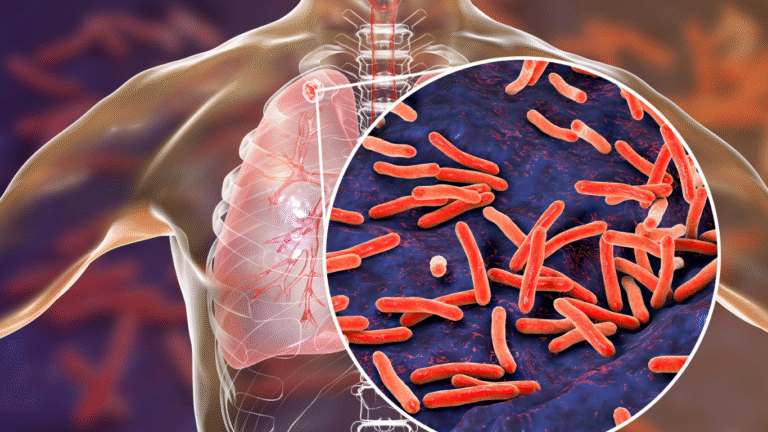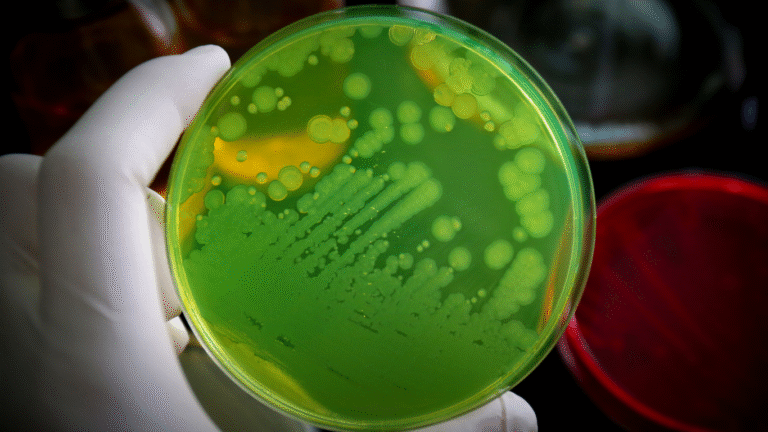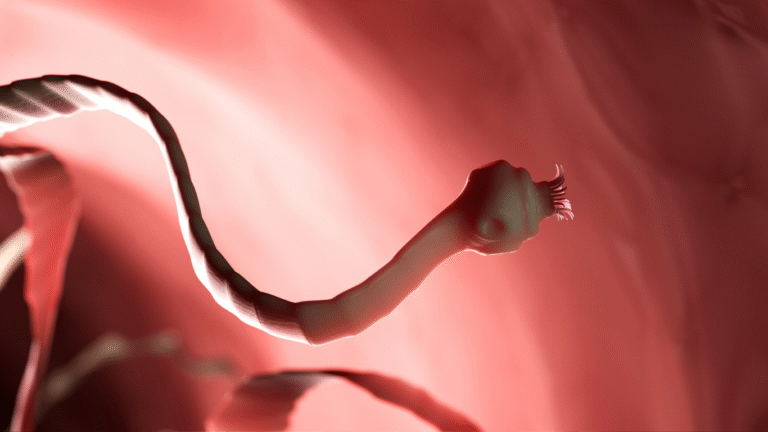Uncover the secrets of Mycobacterium tuberculosis, the ultimate survivor. Discover how this bacteria thrives, spreads, and how its ruthless tactics allow it to evade treatment and the body’s defenses.

I wake in the warm, moist air sacs deep inside human lungs. For me, Mycobacterium tuberculosis, this place is paradise. The oxygen-rich environment feeds my slow but steady growth, and the shelter of the lung gives me a home where I can linger undetected. I arrived here silently, drifting in on a puff of air when my host inhaled, carried on microscopic droplets released when another person coughed or sneezed. For countless generations, this has been my way of traveling—airborne, invisible, and patient. According to the CDC, tuberculosis spreads only through the air, never by shaking hands or sharing food, which makes each breath a gamble when someone nearby is sick.
Not all of us microbes are lucky enough to survive the journey. Most die in the open air, destroyed by sunlight or swallowed by immune defenses before ever finding a foothold. Yet once inside a new lung, the story changes. Here, the adventure truly begins.
At first, my presence doesn’t go unnoticed. The human immune system is always on patrol, and soon enough, large white blood cells called macrophages rush to swallow me whole. For most bacteria, this would be the end of the story—digested and destroyed within minutes. But I am not like most bacteria. My thick, waxy cell wall, made of unusual lipids, protects me from the deadly chemicals inside the macrophage. Instead of dying, I survive and even thrive, using my host cell as a safe haven. Research from the NIH explains that this ability to live inside immune cells is one of the key reasons I have persisted as a global health threat for centuries.
More immune cells soon arrive, surrounding the infected macrophages and building walls of tissue around me. These tight clusters, known as granulomas, are the body’s attempt to trap me, boxing me in so I can’t spread further. In many cases, this strategy works. I become imprisoned, unable to cause immediate damage, while my host carries on life as though nothing happened. Doctors call this state latent tuberculosis. According to the Mayo Clinic, millions of people worldwide carry latent TB without even knowing it. They feel no symptoms, and they are not contagious. For me, though, it feels like waiting in limbo—silent, hidden, and patient.
Time passes differently for me than it does for humans. I grow slowly, sometimes dividing only once every 24 hours, which is glacial compared to other bacteria. That slow pace is part of my survival strategy. As the years slip by, I remain dormant in granulomas, biding my time. But if my host’s immune system weakens—perhaps from another illness, stress, or poor nutrition—I sense the opportunity. The prison walls loosen, and I break free. Suddenly I am active again, multiplying in the lungs and causing the coughing, fever, night sweats, and weight loss that humans know as active tuberculosis. The CDC confirms that without treatment, active TB can be deadly, spreading from the lungs to the brain, kidneys, or spine.
When I reach this stage, life changes for both me and my host. Every cough propels more of my kind into the air, spreading the infection to others nearby. From my perspective, this is triumph—my survival ensured through transmission. But for the human, it is misery. Breathing becomes painful, energy drains away, and a relentless cough takes over daily life. Sometimes blood appears in the sputum, a dramatic reminder that I am literally destroying lung tissue from the inside. Families worry, workplaces notice, and the sick often feel isolated, weighed down by both the illness and the stigma surrounding tuberculosis.
However, my freedom never lasts forever. One day, unfamiliar molecules begin to flood my world—antibiotics. These drugs are unlike anything in nature, designed with precision to break down my defenses. Medicines like isoniazid and rifampin target my waxy coat and slow metabolism, attacking me where I am most vulnerable. According to the NIH, these drugs form the backbone of tuberculosis treatment, usually given in combination for at least six months. The battle is not quick. My slow growth means the medicine must linger, striking again and again to ensure every last cell is destroyed.
At first, I resist. My thick cell wall and sluggish pace give me a head start. But over time, the pressure mounts. Granulomas shrink as my numbers fall, coughing eases, and my host’s body begins to heal. For me, the end approaches in silence. Unless, of course, my host makes a mistake. If treatment is stopped too soon, if pills are skipped, or if the course is not completed, I seize my chance. Some of my cousins adapt, evolving into drug-resistant strains. The Mayo Clinic warns that multidrug-resistant tuberculosis is far more dangerous and harder to cure, requiring longer, more toxic treatments. For me, this resistance is survival. For humans, it is a crisis.
In this particular story, however, medicine triumphs. My kind is gradually eradicated, my once-thriving colony reduced to nothing. The lungs clear, the cough fades, and life for my host slowly returns to normal. My day, in this sense, ends not with glory but with defeat. Yet tuberculosis is never a simple story. Even when I lose, I remain a reminder—of how fragile health can be, of the importance of vigilance, and of the incredible persistence of microscopic life.
From the human perspective, the lesson is clear. Most people who breathe me in do not get sick right away, and many will carry latent infections for years without symptoms. But if the immune system weakens, the risk rises. Regular testing, especially for those at higher risk—like healthcare workers, people living in crowded conditions, or those with weakened immunity—is essential. The CDC emphasizes that early detection saves lives, because treatment in the latent stage can prevent active disease. Finishing every dose of medicine, maintaining good nutrition, and supporting strong immune health are the best defenses against me.
As the sun sets on this “day in the life,” I reflect on my paradoxical existence. I am ancient, carried by humans for thousands of years, shaping history and altering societies. I am both patient and persistent, sometimes harmlessly hidden, sometimes explosively dangerous. I remind humans of the power of something unseen, of how a single breath can carry a story across generations. Though I end here in defeat, I know my species survives elsewhere, waiting for the next chance to awaken, the next moment of weakness, the next breath.
And so the cycle continues. For humans, the challenge is ongoing. But with science, medicine, and vigilance, the story of tuberculosis does not have to end in tragedy. With awareness and care, people can turn the tide, protecting themselves and their communities from the smallest storyteller of all.




